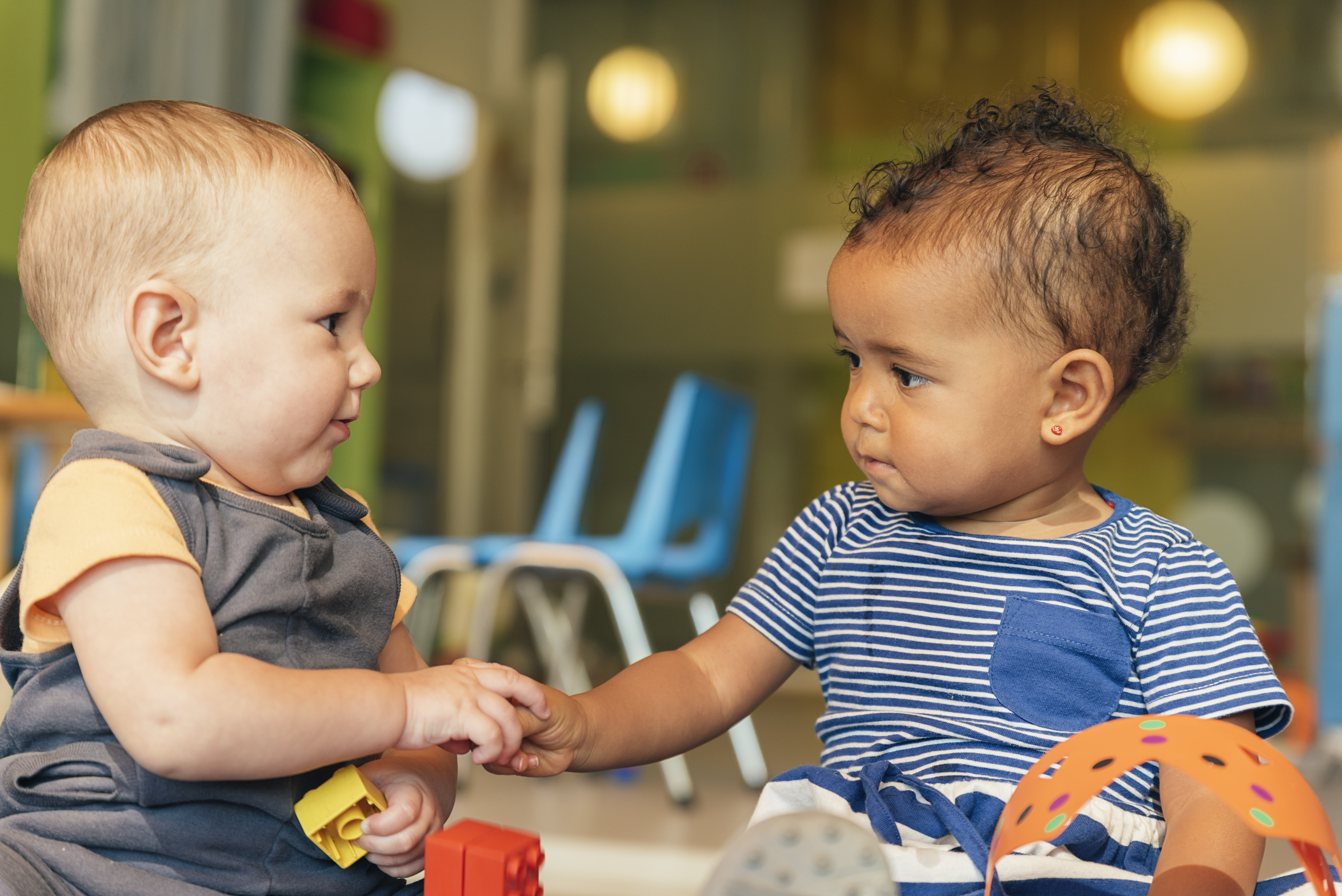
Parents often think of learning as starting in school—with books, teachers, and assignments. But children begin learning long before that, and in ways that might surprise you. Parents often ask:
-
What kind of learning happens before my child even knows their ABCs?
-
How do I support learning without pushing too hard?
-
Is play really as important as everyone says?
Learning in childhood isn’t just about academics. It’s about curiosity, problem-solving, and discovering how to interact with the world. Children know, instinctively, that play, mistakes, and relationships are central to growth. Understanding these natural instincts can help parents nurture a lifelong love of learning.
Understanding Early Learning: What It Is and Why It Matters
Learning in early childhood is an active, hands-on process. Children don’t separate “play” from “learning”—to them, they are one and the same. Their brains are developing rapidly, and experiences during this time build the foundation for emotional, social, and cognitive skills.
Here are three things your child already knows about learning:
1. Play Is the Best Teacher
Examples:
-
Pretend cooking to explore social roles.
-
Stacking blocks to test balance and gravity.
-
Role-playing to practice problem-solving and creativity.
Why it matters: Play builds brain pathways for problem-solving, creativity, and self-regulation. It also supports social and emotional skills, preparing children for more structured learning later.
2. Mistakes Are Part of the Process
Examples:
-
Falling while learning to walk.
-
Trying different puzzle pieces until one fits.
-
Drawing outside the lines before gaining fine motor control.
Why it matters: Children don’t view mistakes as failure. They see them as part of discovery. This builds resilience, persistence, and a “growth mindset”—the belief that skills improve with effort.
3. Learning Is Social
Examples:
-
Copying facial expressions as a baby.
-
Watching how older children play and joining in.
-
Negotiating turns during games.
Why it matters: Children know they learn best with others. Social learning builds communication, empathy, and collaboration—skills just as vital as academics for future success.
How to Recognize Your Child’s Natural Learning
Children may not say, “I’m learning,” but they show it in everyday ways:
Behavioral Signs:
-
Imitating adult routines like cooking or cleaning.
-
Showing persistence with puzzles, blocks, or drawing.
-
Asking endless “why” questions.
Social Signs:
-
Copying siblings, friends, or parents.
-
Role-playing conversations or daily routines.
-
Seeking feedback (“Look what I did!”).
Emotional Signs:
-
Expressing pride after solving a problem.
-
Bouncing back after frustration.
-
Negotiating or compromising with others during play.
How Parents Can Support Their Child’s Learning
Create a Safe Space for Exploration
-
Provide open-ended materials like blocks, art supplies, and dress-up clothes.
-
Allow time for unstructured play without rushing.
Validate Curiosity and Effort
-
Avoid: “That’s not how you do it.”
-
Say: “I love how you kept trying different ways until it worked.”
Encourage Problem-Solving
-
Ask open-ended questions:
-
“What do you think will happen if you try it this way?”
-
“How could we fix that together?”
-
Model Lifelong Learning
-
Share your own learning process—reading, cooking, or trying a new skill.
-
Show that learning never stops, even for adults.
How Parents Can Foster a Love of Learning
The best way to nurture learning is to see the world through your child’s eyes: playful, curious, and open.
Model Respectful Curiosity at Home
-
Encourage questions, even if they’re repetitive.
-
Show enthusiasm for discovery.
Teach Emotional Intelligence Alongside Academics
-
Help your child name emotions: “It looks like you’re frustrated, but you kept trying.”
-
Discuss how learning feels—both exciting and sometimes hard.
Celebrate the Process, Not Just the Outcome
-
Applaud persistence: “You worked hard on that puzzle.”
-
Praise creativity: “I love how you thought of a new way to do that.”
Bottom Line: Your child already understands that play, mistakes, and relationships are the heart of learning. By noticing these natural instincts and supporting them with patience, parents can nurture children who love learning—not just in school, but for life.
While we try to ensure that all of our insights are coupled with relevant research and clinical studies, we also appreciate the value of wisdom that comes from experience. In those cases, and in lieu of references for the articles based on our experiences, we will add this paragraph to the end.
The information provided in this article is based on the collective insights, observations, and experiences of experts with years of practice in child development. Their knowledge comes not only from academic training but also from hands-on interaction with children, parents, and caregivers across diverse settings. By combining real-world practice with professional expertise, the perspectives shared here aim to provide readers with thoughtful, experience-based guidance that reflects both the challenges and the growth opportunities in supporting a child’s developmental journey.








